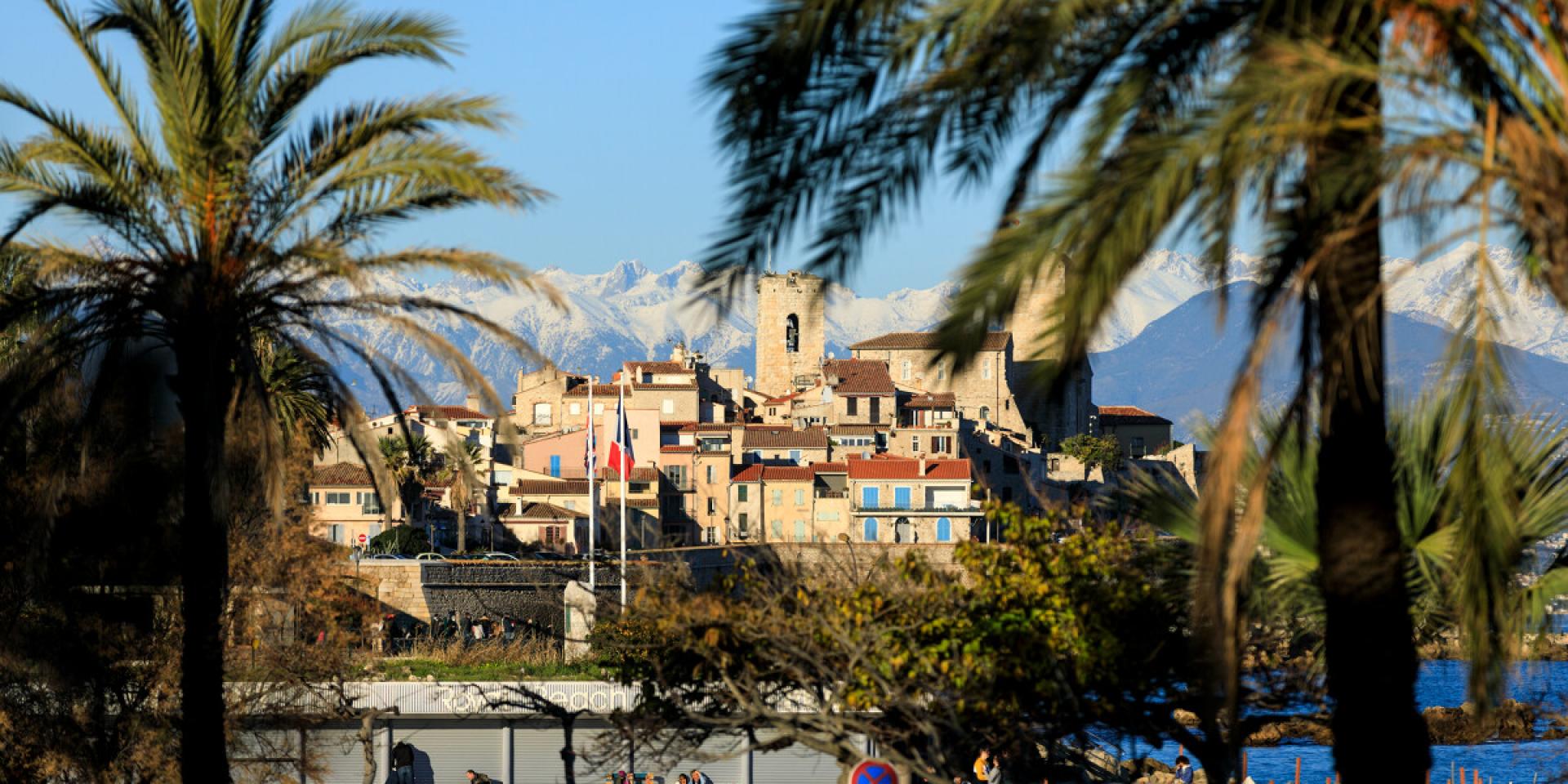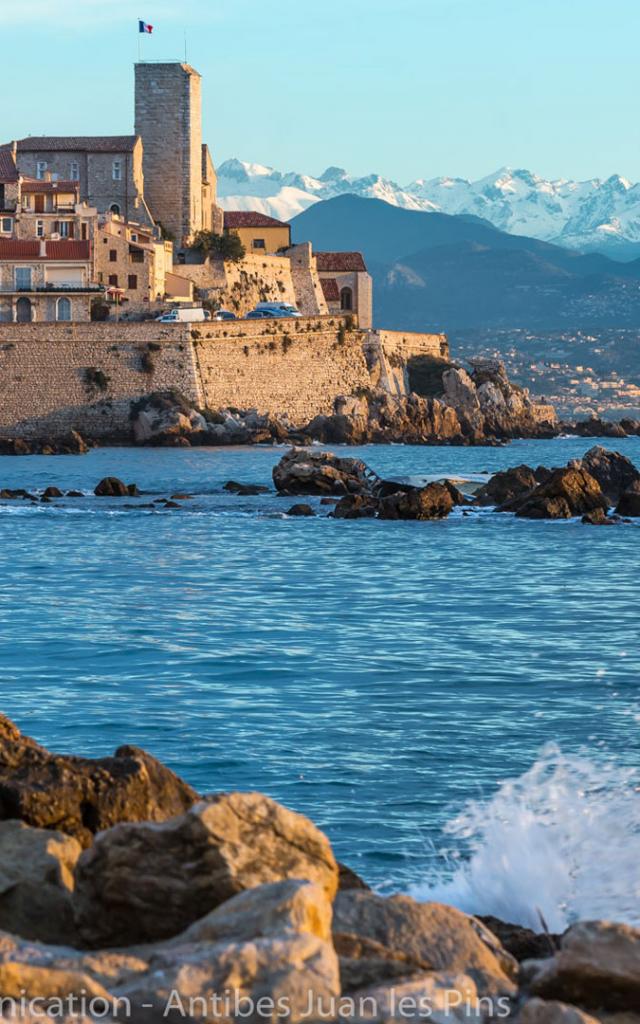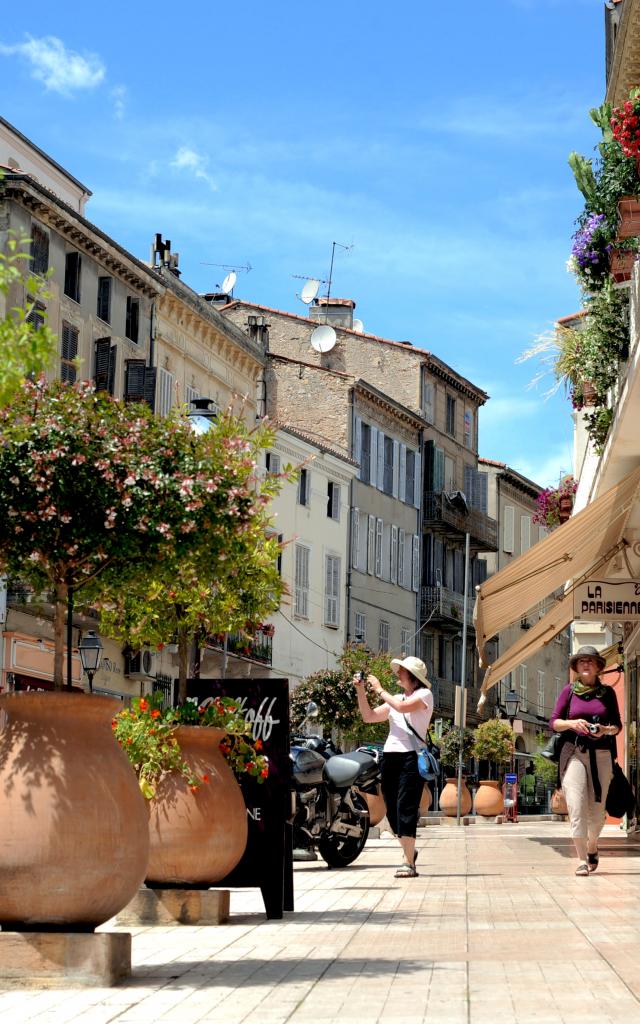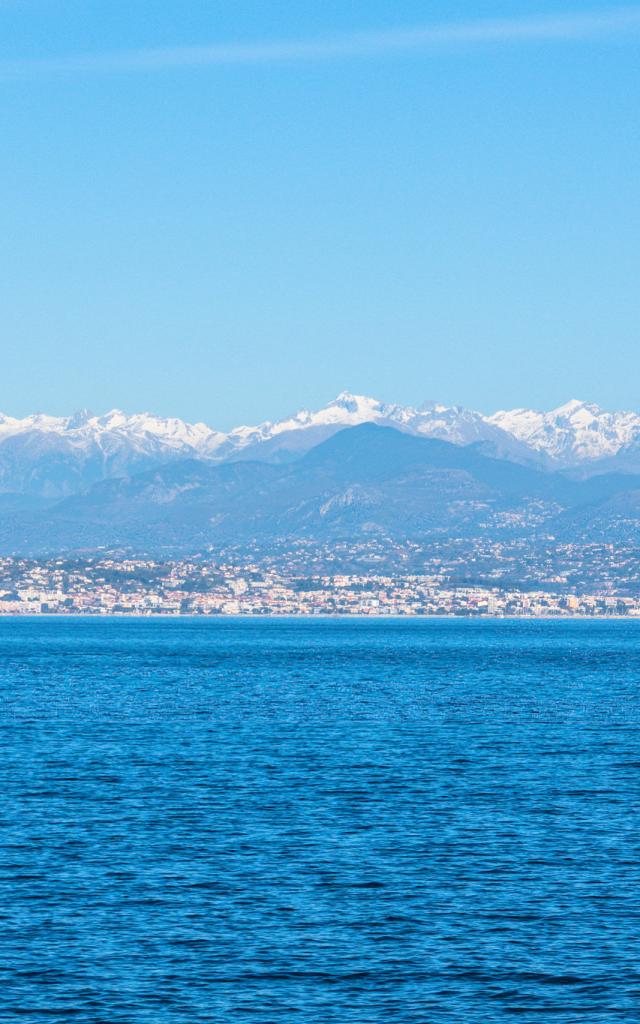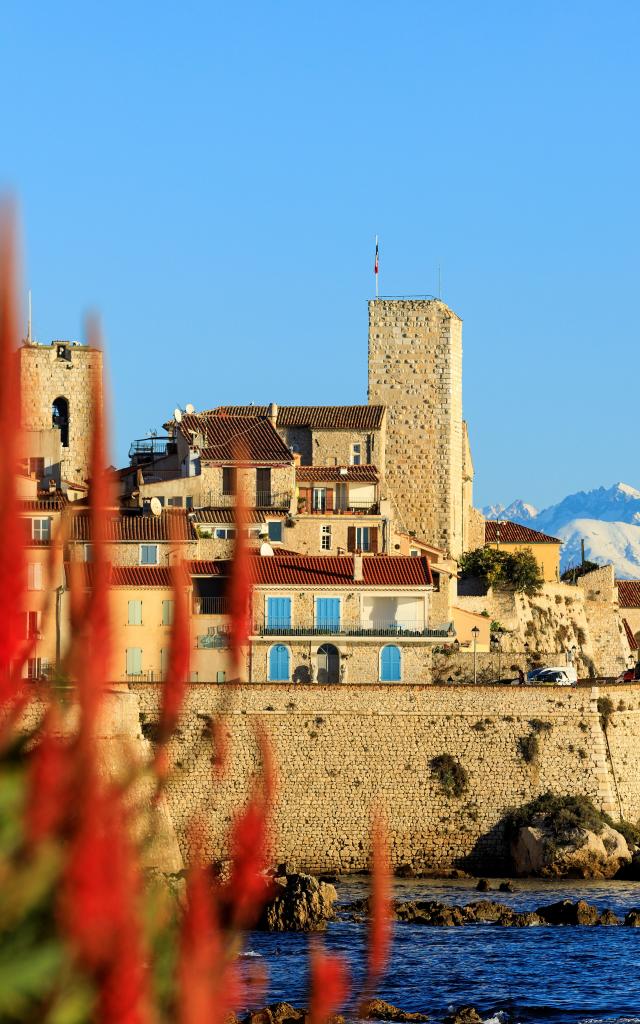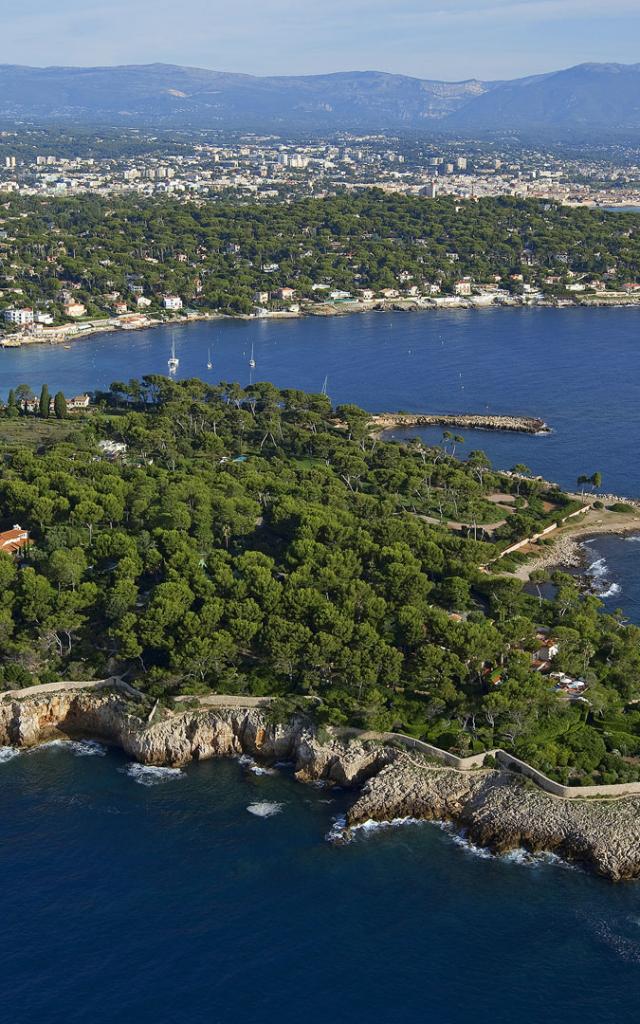Visit the ancient town of Antibes/Antipolis
Antibes was founded at the same time as Marseille, in the 6th century BC, by the Phocaean Greeks from Asia Minor. The areas occupied by the Greeks today correspond to the present-day Sainte-Marie cathedral, Cours Masséna and Rue de la République.
The Romans, for their part, arrived in the city around 150 BC: they had been summoned by the inhabitants, who were threatened by a Celtic people, the Oxybians. The Romans built a temple dedicated to Minerva and equipped the town with two aqueducts to supply it with drinking water: the Fontvieille aqueduct, which drew water from Biot, and the Bouillide aqueduct, which carried water from Valbonne via Vallauris. The Antibes Archaeology Museum preserves the treasures of the town’s rich ancient past.
The Guides de France take you back in time. Follow them to find out more about the ancient history of Antibes.

